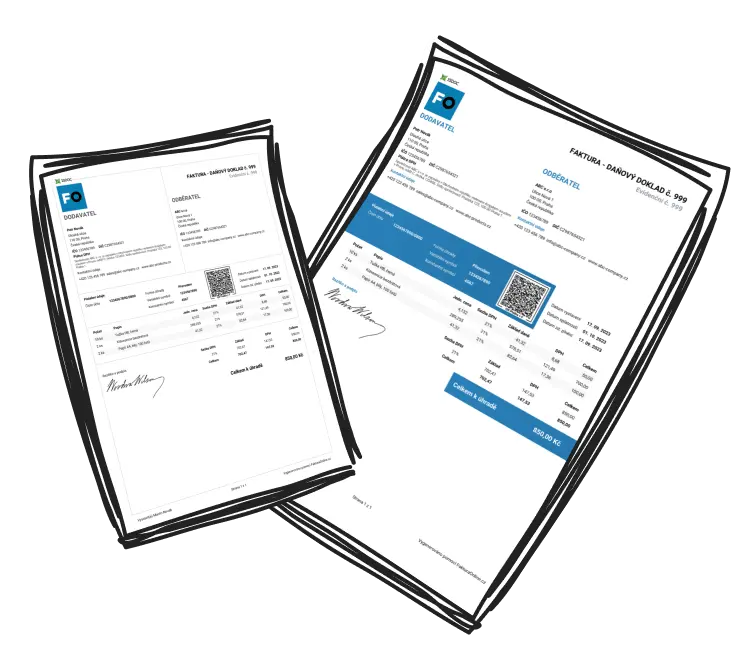In today's gig economy, individuals are empowered to dabble in side hustles, offering creative freedom and financial gain. The decision between self-employment and freelancing, however, requires careful consideration of various factors.
Understanding the divergence between these two paths can significantly affect your availability, income, and ability to achieve your goals. This guide will illuminate the differences, advantages, and decision-making strategies to help you identify the most suitable path for your ventures.
Foundation Insights
Defining Self-Employment and Freelancing
A grasp of the basics is crucial. Here’s a rundown:
-
Self-Employment: A broad category for individuals working independently, including small business owners or consultants.
Example: A shop owner managing staff and overseeing a business structure.
-
Freelancing: A specific type of self-employment that entails contract work for various clients.
Example: A designer providing services to agencies without managing a large setup.
Freelancing often involves more client-centric, project-based work, whereas self-employment could involve developing a broader, sustainable business.
Clarifying Freelancing as Self-Employment
Indeed, freelancers operate as self-employed individuals. They manage clients, projects, and finances independently, usually focusing on service provision rather than establishing a brand or hiring staff.
Freelancers handle invoices for projects, while small business owners tackle comprehensive management responsibilities.

Comparison of Advantages
Weighing Self-Employment vs Freelancing
Discover which path resonates with your ambitions:
-
Self-Employment:
Scalability: Cultivate a business, generate ongoing income, and grow beyond personal input.
Brand Creation: Establish and elevate an identity larger than oneself.
Predictable Stability: As frameworks solidify, revenue becomes more reliable.
-
Freelancing:
Adaptability: Choose your work schedule and volume.
Ease of Entry: Begin with minimal financial output—no need for premises or staff.
Diversity: Engage in varied tasks aligned with skills and interests.
When considering the benefits, self-employment offers growth and potential scalability, whereas freelancing shines with its flexibility and ease of entry.
Self-employment fosters growth while freelancing favours adaptability and simplicity.
Side Hustlers: Making the Choice
What’s Ideal for Side Hustlers: Freelance or Self-Employed?
Your choice largely depends on your stage in the journey:
-
Freelancing:
Valuing flexibility is key and you enjoy project-driven work.
You wish to gently venture without substantial commitments.
Time is a premium due to main employment or other areas.
-
Self-Employment:
Long-term, scalable business creation is your target.
You’re prepared to allocate resources and assume broader duties.
Interest lies in brand development and passive income generation.

Decision Insight
Assess your ambitions. If you’re beginning, freelancing could be a perfect stepping stone while self-employment might be apt for those ready to forge lasting legacies.
Charting Your Course and Embarking
Every side hustle commences with a choice: between self-employment and freelancing. Each brings its own set of exciting prospects and hurdles in the UK.
Take a moment to evaluate your aspirations and remember, it's never too late for a change. Start today and advance your side hustle tomorrow.


